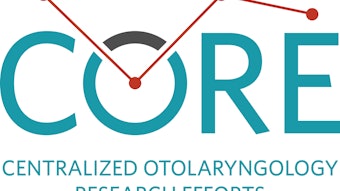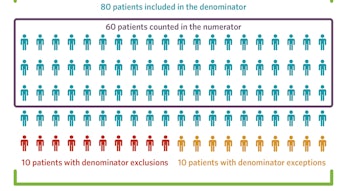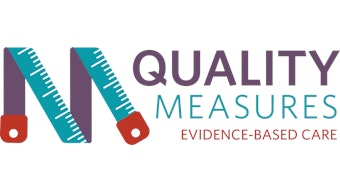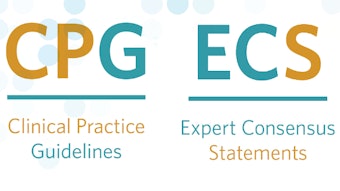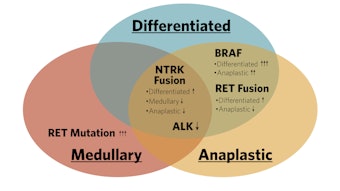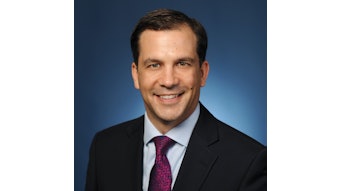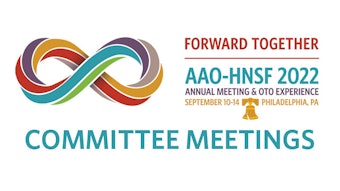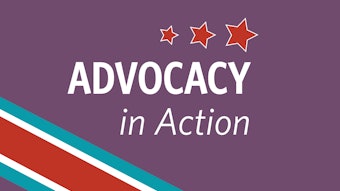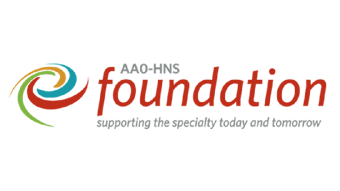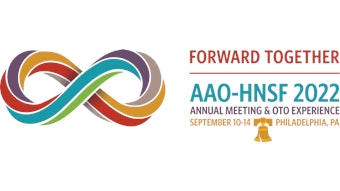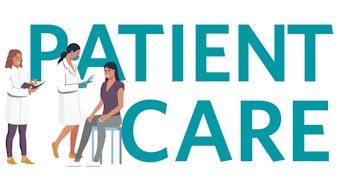Exposed: The Underbelly of Our Current Healthcare System
Successful advocacy often is more about timing and the pervading macro environment than the specifics of the ask.
 James C. Denneny III, MD
James C. Denneny III, MD
AAO-HNS/F EVP/CEO
Mr. Mehlman described the “Age of Disruption” that is being driven by technology, geopolitics, and cultural and climate change. I believe most physicians would agree that each of these areas has its own effect on the overall status of today’s events worldwide, particularly in medicine and patient care. The United States is experiencing a closely divided society on areas specific to these disruptors. Since 2020 the prevailing winds are headwinds as opposed to the tailwinds we experienced from 1989 to 2019. The public opinion of and trust in many U.S. institutions has declined to well below 50% over the past 40 years. These include the mass media, organized religion, the U.S. Supreme Court, the Presidency, banks, organized labor, public schools, big business, and at the lowest level of them all, Congress. One of the few areas that has seen success during this hyper-partisan period has been the military. Navigating these disruptions successfully can still leave the window open for desired changes in the healthcare delivery system that result in equitable care.
Technology has evolved from digitalization with innovation, which has resulted in increasing inequality to a full backlash today. The geopolitical world has moved from tearing down the Berlin Wall to globalization and now authoritarianism and extreme nationalism. Culture has transitioned from conformity to many new voices being heard in the news media from informational to affirmation, all of which resulted in hyper-activism across the spectrum of society. Finally, climate change and the responses to it, along with the COVID-19 pandemic, hyperinflation, and the invasion in Ukraine have created supply shortages not seen since the Great Depression and World War II in the 1930s and 1940s.
Successful advocacy often is more about timing and the pervading macro environment than the specifics of the ask. It is about the ability to incorporate major trends in contemporary social needs and concerns and framing your needs as integral components to achieving the goals of those to whom you are advocating, particularly if you can move their goal forward without meaningful adjustments to the bottom-line principles formulating the policies you are requesting. As you might expect, periods of widespread disruption often create competing areas of emphasis with diametrically opposing outcomes, which are amplified in the mega pieces of federal legislation that we have seen introduced in the last several years. These bills often contain elements that most individual legislators would not support, but when taken together as a package to garner enough support to pass, they succeed despite negative consequences.
When you throw in the ongoing COVID-19 pandemic-related crisis with the previously mentioned disruptors, it is easy to identify areas in healthcare delivery that create goals that are at times mutually exclusive. There is general consensus about the desirability of both increased and equitable access to care for U.S. citizens. The underside of our current healthcare system has been fully exposed during the pandemic, including the disparity in access and the significantly inferior results for underrepresented communities and those facing an uphill battle based on social determinants of health. Concurrently, the ongoing pursuit of high quality and outcomes-based care continues albeit significantly limited by the lack of commitment to interoperability of our healthcare records. The pandemic created an instant need for even greater access, which was mitigated by broadening the scope of many advanced practice providers with no increase in education or experience creating a political battleground between the two ideals.
Equally frustrating for physicians has been the Medicare Physician Fee Schedule (PFS), which currently reimburses Part B services at a rate less than that paid in the late 1990s despite the fact that inflation alone would justify a 90% increase in reimbursement rates. This comes at a time when the current Administration has proposed spending over $8 trillion during the last two years, none of which was related to increasing the Medicare PFS.
Success in these circumstances requires that you and your allies have your presentations ready for congressional supporters when the right situation presents itself. Join us!


